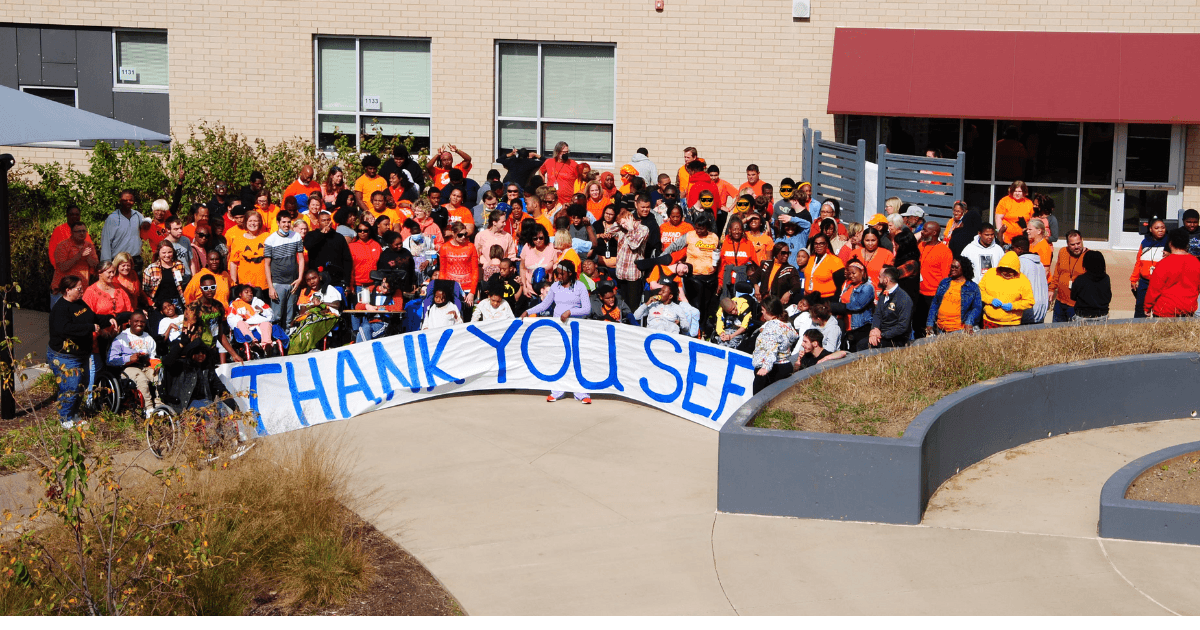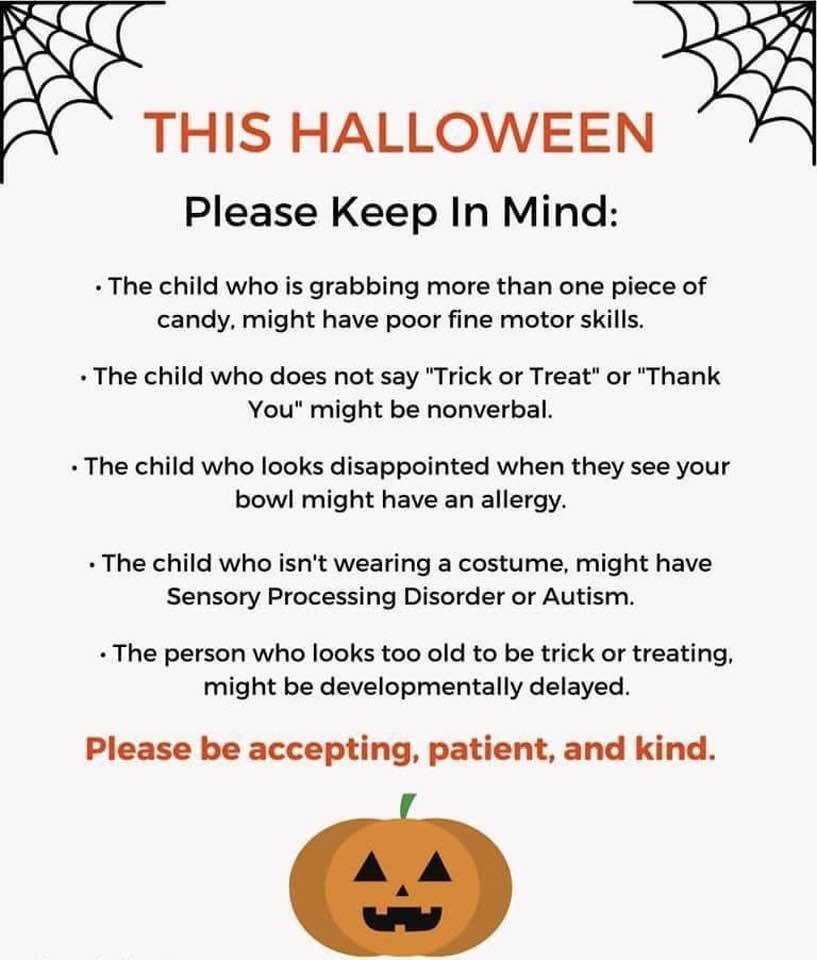
Halloween is a time of costumes, candy, and community fun—but for many children with disabilities, the holiday can bring unique challenges. Loud noises, flashing lights, crowded neighborhoods, and unpredictable schedules may be overwhelming. Additionally, costumes that are uncomfortable or difficult to put on can make participation stressful rather than enjoyable.
At the Special Education Foundation, we believe every child deserves to experience the joy of Halloween. Here are some tips to make the holiday more inclusive for kids with special needs:
Choose Comfortable Costumes
Soft, non-restrictive clothing can make all the difference. Avoid costumes with itchy fabrics, tight masks, or complicated accessories. Consider adaptive costumes that allow easy access for wheelchairs, braces, or medical equipment.
Plan a Sensory-Friendly Trick-or-Treating Route
Identify quiet streets or times when neighborhoods are less crowded. Small adjustments, like going out earlier in the evening or pairing children with supportive friends, can reduce sensory overload.
Offer Alternative Celebrations
If traditional trick-or-treating isn’t possible, create a Halloween party at home or at school with games, crafts, and themed snacks. Controlled environments let children enjoy the fun at their own pace.
Communicate in Advance
Share sensory sensitivities or medical needs with caregivers or neighbors if visiting other homes. Simple explanations can help others create a welcoming environment.
Incorporate Non-Food Treats
Not all children can enjoy candy safely due to allergies or dietary restrictions. Stickers, small toys, or fun trinkets ensure every child can enjoy a reward.
Halloween should be a time of fun, imagination, and shared memories. With a few thoughtful adjustments, children with disabilities can fully enjoy the magic of the season—without fear, frustration, or discomfort.
By working together as families, educators, and communities, we can make Halloween a treat for every child.


